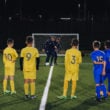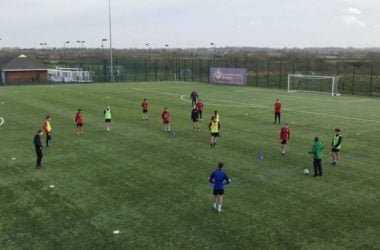If you’re a football coach then Football DNA is really worth checking out. They provide videos, articles and more. All with the aim of helping you elevate your sessions to the next level. In their own words, it’s “the ultimate platform for coach and player development”.
To give you a taster, here’s an article from Ross Brooks about the importance of matchday coaching and how to master it.
So why is it important?
As we approach a match day, it’s an opportunity for our players to consolidate their learning and be provided with challenges for them to solve.
Matches will provide a variety of different challenges based on the pitch size, format, competition type and level of opposition which may all effect how you support your players throughout the game.
In this blog, we are going to explore pre match, during the match and post match coaching. To begin, it’s important that when you approach any match you understand it’s purpose and what it is that you’re trying to achieve. For example, if you’re in a competition and you’re trying to win the fixture this may adapt how you approach a match day or similarly, if it’s a friendly fixture this may alter how you approach the game too. Therefore, as coaches we need to understand the purpose of the game and what are the outcomes you’re trying to achieve.
Pre-Match
A pre match can consist of many different elements such as: players arrival, looking through set plays, looking at team and individual objectives and warm up. Depending on the age of your players how you approach a pre match may vary as well as what the objective is of the game.
Firstly, a pre match is a great way of using it to consolidate learning from the week as well as setting the scene of what the objective of the game is. For example, when working in the Foundation Phase (U5-U12) the time before the game is a great opportunity to get some additional contact time with the players both on and off the pitch. This time can be used speaking with the players to connect and activate them prior to the fixture (learning cycle) as well as provide them with practices that allow them to practice something that they’ve been working on throughout the week. My challenge for any coach that is working in the Foundation Phase is to treat the match day as an extension of training.
The time that you have before the game can be invaluable. For example, if you’re only training once per week the additional time that you have before the game is a great opportunity for the players to get exposed to additional practice/play. Too often I have seen coaches providing young children with a 1st team warm up with players lining up doing stretches and then going into a shooting line with one player at a time taking a shot after playing the ball into the coach. Whilst this may have some benefits there are also a number of trade offs to consider and ultimately we should be providing children with things that they can’t do at home whilst they are in our environment.
Another important point to make is goalkeepers can also be included in this too. Include your goalkeepers in your practices prior to the game either on pitch or include goals for them to practice some of their shot stopping, handling and distribution techniques that they may need to use throughout the game. Likewise, you may empower your goalkeepers to lead their own warm up with other goalkeepers from other age groups or even the other team.
Here are some examples of the types of lead in practices that you may wish to use prior to your game:
Using the game can be an approach that gets the children before their match. Playing games and getting them playing is a great way of using your contact time with the players whilst dripping in some challenges or themes for them to focus on that will lead into when they play in the match.
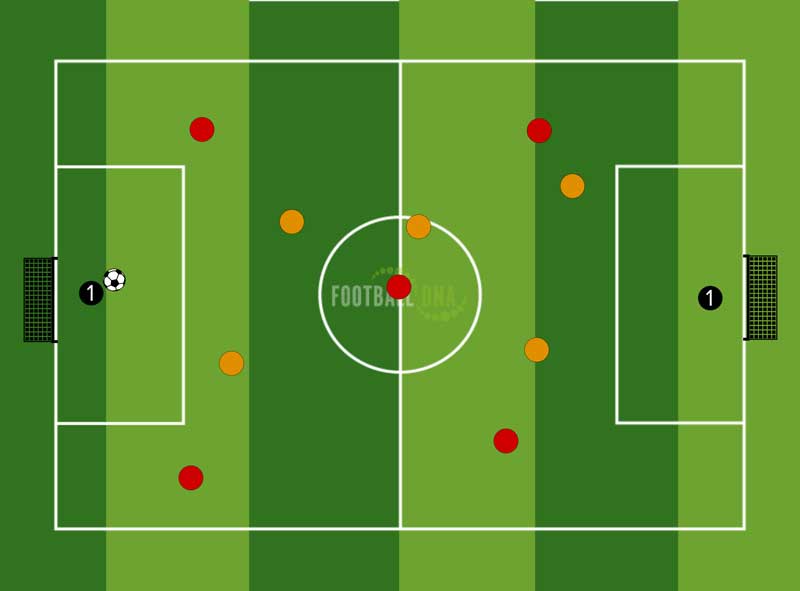
Possession Based Games are another way of supporting your players as they arrive by getting them to practice retaining possession. In possession based practices there are a number of ways you can link it to a theme I.e. if you are focusing defending, you can use the possession game to focus on some of the principles/key objectives that you want to support your players on in how they defend.
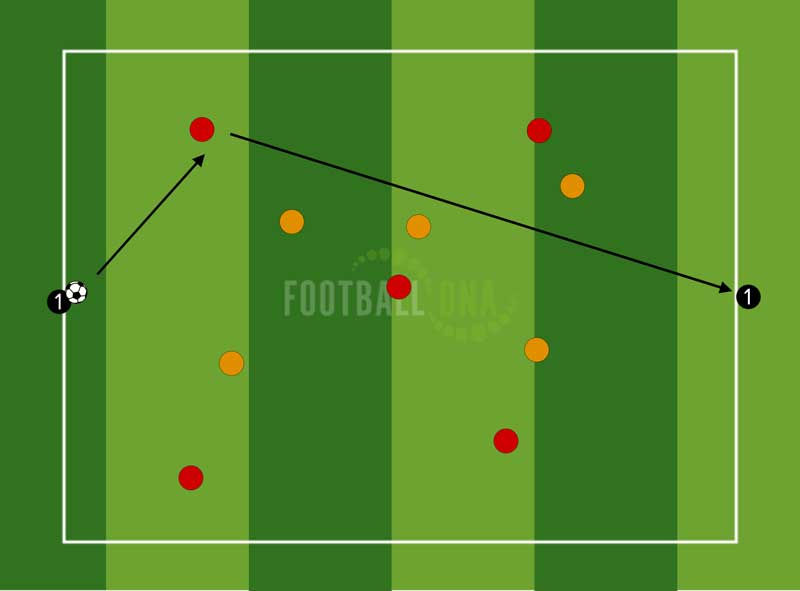
Tag Games are a fun way of getting children to move and engage before a match day. As a coach, you can link your movement games on the focus of the game. For example, if you’re concentrating on attacking play in the final third you may put a tag game on where the players have to use different movements to beat their opponents.
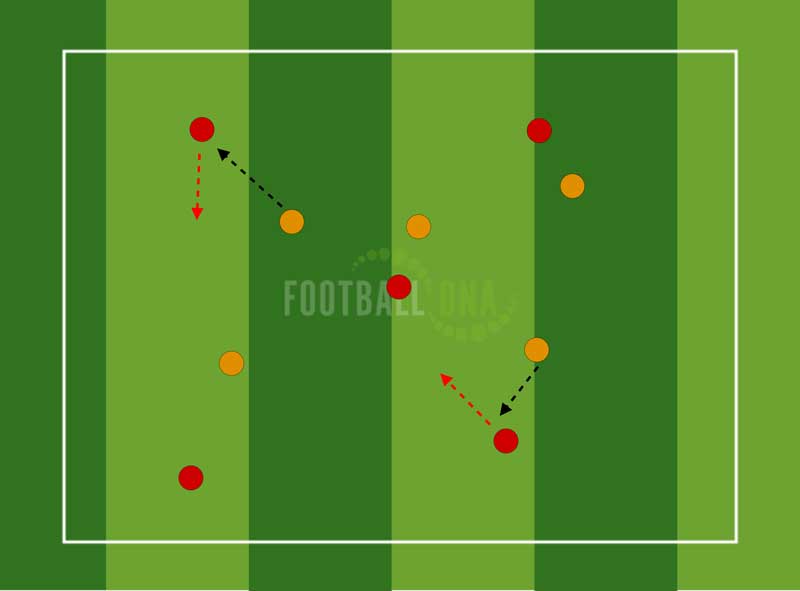
Individual Practice can be an excellent way of connecting individuals by empowering them to practice anything that they’d like prior to the game or by giving players specific areas for them to practice individually too. Some examples of how you may support the players prior to the game is getting them to practice areas such as their ball striking, finishing or 1 v 1’s individually before the game.
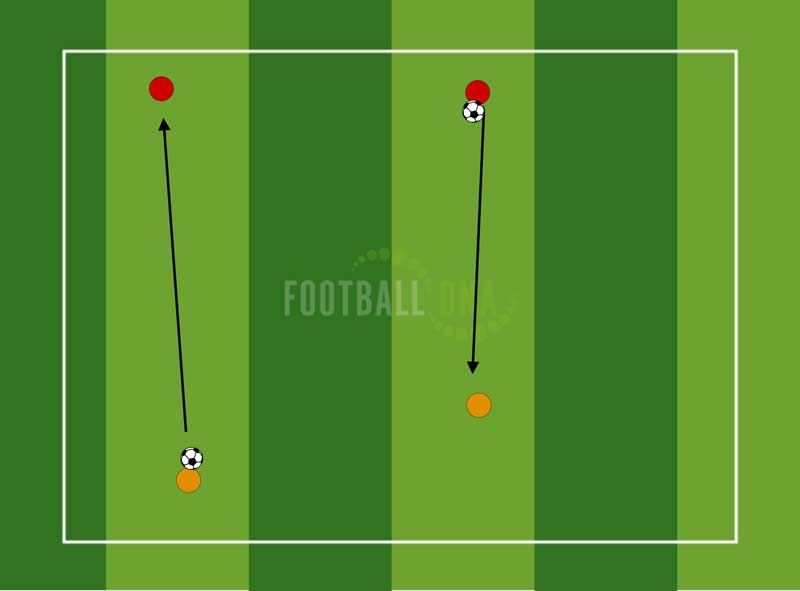
During the Match
There are lots of considerations of how you may coach during the match from your coaching style, interventions in the break, how to utilise substitutes, delegating roles to other coaches and awareness of who and what you are communicating throughout the game. In this next section, we are going to provide some advice for these different areas and how this can support you as a coach when you’re working during the match.
Coaching Styles should be considered based on what you want the outcome to be. For example, using command and more directive information may support the players with where they need to be or what they need to do without necessarily thinking about the ‘why’. For example, you may need to tell a player sometimes to work back or to recover where as another approach may be simply asking a player a question such as ‘what is the problem we are facing?’. Communicating to players during a game sometimes can be very difficult for individuals to listen and take onboard the information that you’re giving. Therefore, you will need to decide what information do I need to give during the game and what information can wait for the next break. Other ways you can get information to players is through another player or by calling the player over in speaking to them on the sideline.
A great way of measuring the openness of your environment is when the players come over to you do they wait in silence ready for you to talk as a coach or to they begin to discuss the game? As coaches, we should look at ways we can vary our interventions in the break to create an environment where players are engaged in discussion or with the information that they’re being provided with. Some examples of how you may do this is:
- Showing them on the pitch and walking through your coaching points.
- Players leading the interventions.
- Not saying anything… Sometimes silence can be effective and get players thinking ahead of the next period.
- Speaking with individuals or showing individuals.
- Using visual aids such as a white board etc.
For any coach, we need to make sure we are effectively communicating. Therefore, a useful tip can be writing down a couple of the key points that you want to share with the players so that they go into the next period or half with a clear focus of what they need to focus on to help / challenge them further in the game. Be conscious of giving too much information. Building on this, a great way of checking this is having someone do an analysis on what type of communication did you use and who with. Coaches can often be drawn to giving information to the nearest players to them on the sidelines as they’re the ones that can hear the coach, be conscious of who and what you’re communicating to them so they don’t get overloaded with information
Substitutes can be engaged through match days quite easily. This can be done through getting them to make observations on the game or a player that they will share on the break, run the team or even doing some analysis that can be shared or used by you as a coach. Likewise, if you have a number of substitutes you may create a practice or a game for them to play to keep them active whilst they’re off. You may even get them playing with the opposition substitutes whilst the game is going on!
Lastly, delegating roles to other coaches can be another way of helping the players. For example, if you have another coach with you it may be that one coach focuses on in possession and the other coach focuses on out of possession. This will ensure coaches don’t speak over one another and go through the same points. Another way may be getting your support coaches to focus on individual players or units throughout the game. You could even use them to do some analysis on your theme or individuals that can be shared with them too.
Post Match
In our Podcast with Mark Bennett, Mark covers a hot and cold review which is a great way for coaches to review the game. A hot review is a review which takes immediately after the game where you are in a more emotive state. A cold review takes place usually a couple of days later where you can review without the emotion. This same principle can be applied with the players… Do we need to always review straight after the game? Or does a review even need to take place? A great way of linking your next contact with your players to what was learned in the game or a problem that they faced is allowing some time for consolidation in the next session. For example, you may challenge your players to play a game with the same problems that your opposition has provided you in the previous game. This will give you and your players an opportunity to spend time working through other solutions that they could come up with if they face a similar problem again.
The use of technology may also be taken into consideration how can you can support players with video clips of the team, individual or opponents that help you to review the game.

